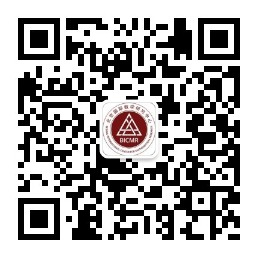Deformation Retractions of Teichm\"uller Space and Related Geometric Group Theory
主讲人: Ingrid Irmer (Southern University of Science and Technology)
活动时间: 从 2024-06-11 10:10 到 2024-06-14 17:00
场地: Room 82J04, Jiayibing Building, Jingchunyuan 82, BICMR
Time: June 11th 10:10-12:00, June 12th 10:10-12:00, June 13th 10:10-12:00, June 14th 15:10-17:00
Abstract: The purpose of this minicourse is to discuss this topic in detail, ending with open questions. It will be necessary to assume an understanding of smooth manifolds, such as Morse theory, flows, Sard's lemma, and some basic properties of hyperbolic surfaces and their geodesics. No specialist knowledge of Teichm\"uller theory will be assumed, although brief mention will be made of the Weil-Petersson metric. Some knowledge of geometric group theory, e.g. mapping class groups would be helpful.
Lecture 1) Preliminaries.
Definition of Teichm\"uller space, thick-thin decomposition, contractibility, mapping class group action, Moduli space. Systole function, local finiteness, topological Morse functions and their ``stable'' and ``unstable'' manifolds. Examples of critical points of the systole function.
Lojasiewicz's theorem, strata and loci. Thurston's Lipschitz map construction. Convexity of length functions and Schmutz's sets of minima. Eutactic points. Wolpert's bounds relating Weil-Petersson distance and changes in length functions.
Lectures 2 and 3) The Thurston spine and Thurston's equivariant deformation retraction in detail.
Consequences of Thurston's Lipschitz Map construction. Balanced Loci. The combinatorial/geometric structure of critical points of the systole function.
Lecture 4) The Steinberg module of the mapping class group.
The virtual cohomological dimension of the mapping class group. An equivariant deformation retraction of the Thurston spine onto a complex of dimension equal to the vcd. The relationship between critical points of the systole function and generators of the Steinberg module.
Open problems, and analogies between groups.


